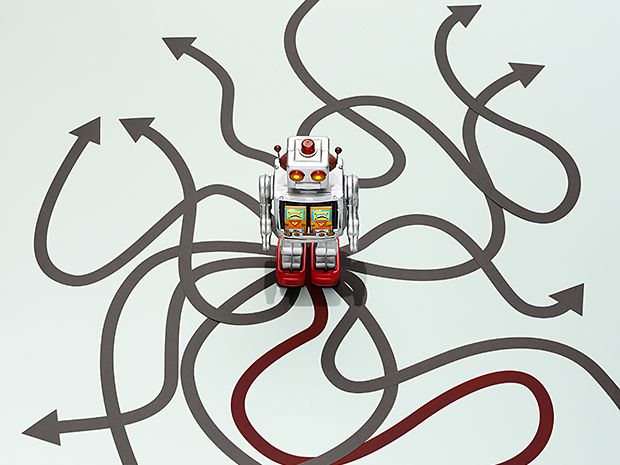Robotics Roadmap in the US and Europe
The US last year published its third Roadmap for US Robotics, covering the societal opportunities and challenges presented by the technology, and what needed to be done to continue innovation and adoption. Read more "A Roadmap for US Robotics …
Seven Steps to Quickly Becoming an Influential Expert in Any Field
This article is from the Entrepreneur by Josh Steimle
Developing the relationships you need to succeed can't be done if you are self-absorbed and transactional.

Image credit: Pixelfit | Getty Images
Developing highly influential work is a process that …
How to Become the Best in the World at What You Do
From the ThriveGlobal Website by Benjamin P. Hardy
Chinese Version 如何成为自己所在领域内前1%的顶尖人才?on the SoHu Website

It can feel impossible to move toward your dreams. You know exactly what you want to do, but there are endless obstacles in your way.
There …

 Conventional vision sensors see the world as a series of frames. Successive frames contain enormous amounts of redundant information, wasting memory access, RAM, disk space, energy, computational power and time. In addition, each frame imposes the …
Conventional vision sensors see the world as a series of frames. Successive frames contain enormous amounts of redundant information, wasting memory access, RAM, disk space, energy, computational power and time. In addition, each frame imposes the …


